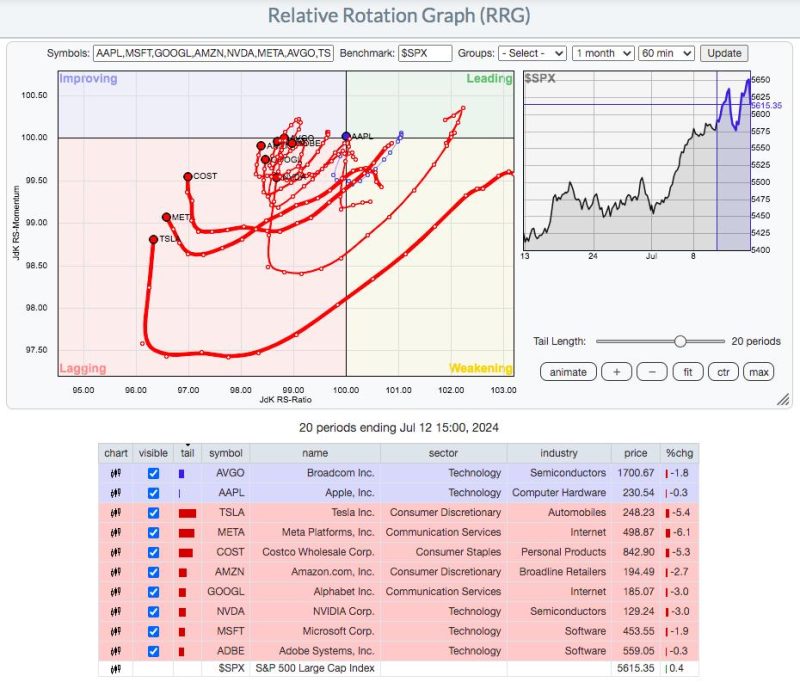The recent surge in the S&P 500 index to new record highs has left many investors and market analysts questioning the underlying reasons behind this remarkable performance. Contrary to previous patterns where growth stocks often led the market rally, the latest climb can be attributed to the strong performance of value stocks. This shift in market dynamics underscores a significant change in investment sentiments and may have broader implications for portfolio strategies moving forward.
Value stocks, a category of equities that are considered undervalued relative to their fundamental worth, have traditionally been overshadowed by the more hyped growth stocks. However, the recent resurgence of value stocks has been a key driver in the record-breaking performance of the S&P 500. Investors flocking to these undervalued stocks are looking for companies that are fundamentally sound and trading at discounts, presenting attractive investment opportunities.
One of the primary reasons behind the current outperformance of value stocks is the gradual global economic recovery post-pandemic. As economies reopen and consumer spending rebounds, traditional value sectors such as industrials, financials, and energy have experienced renewed interest from investors. These sectors, which often consist of well-established, dividend-paying companies, can benefit from the improving economic conditions and offer stability amidst market volatility.
Moreover, the current low-interest-rate environment has favored value stocks over growth stocks. Companies with stable earnings, strong cash flows, and attractive dividend yields have become more appealing to investors seeking income-generating investments in a low-yield environment. As interest rates remain subdued, value stocks are perceived as less risky compared to growth stocks, which are more sensitive to changes in interest rates due to their future earnings potential being priced into current valuations.
Another factor driving the shift towards value stocks is the market’s rotation away from expensive, high-growth technology companies that led the market rally in previous years. Concerns over lofty valuations and increasing regulatory scrutiny have prompted investors to reassess their exposure to growth stocks and reallocate capital towards value-oriented investments. This rotation has created opportunities for value stocks to outperform, as investors seek more stable and reasonably priced assets in a changing market landscape.
While the recent record highs of the S&P 500 index driven by value stocks may signify a broader market shift, it is essential for investors to maintain a diversified portfolio that balances both growth and value investments. Understanding the underlying factors influencing market performance and being mindful of changing dynamics can help investors navigate through uncertain times and capitalize on emerging opportunities.
In conclusion, the remarkable performance of the S&P 500 index reaching new record highs due to the strength of value stocks highlights the importance of staying informed and adaptable in today’s ever-evolving market environment. By paying attention to market trends, assessing investment strategies, and rebalancing portfolios accordingly, investors can position themselves for long-term success and financial stability in an increasingly complex investment landscape.


































